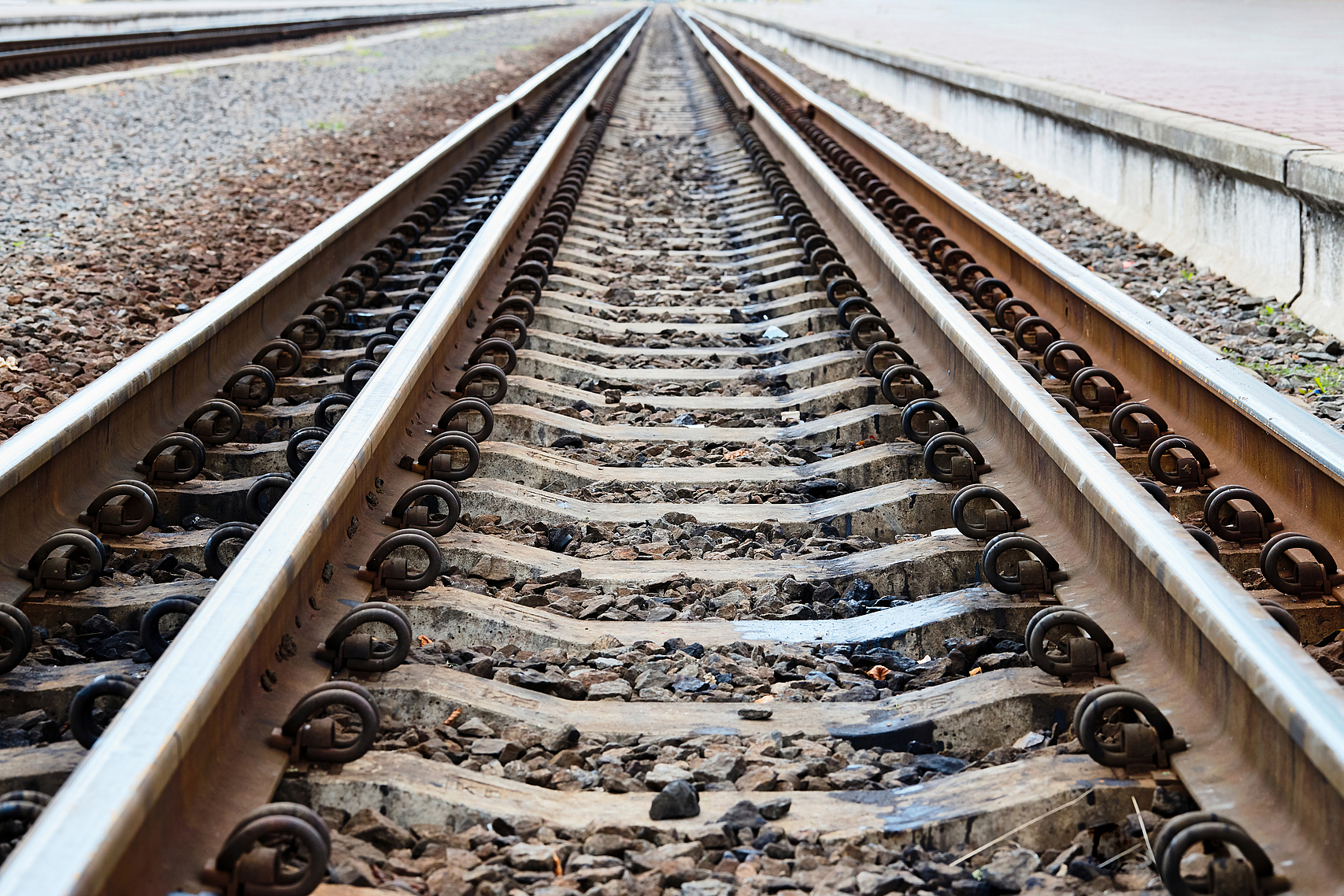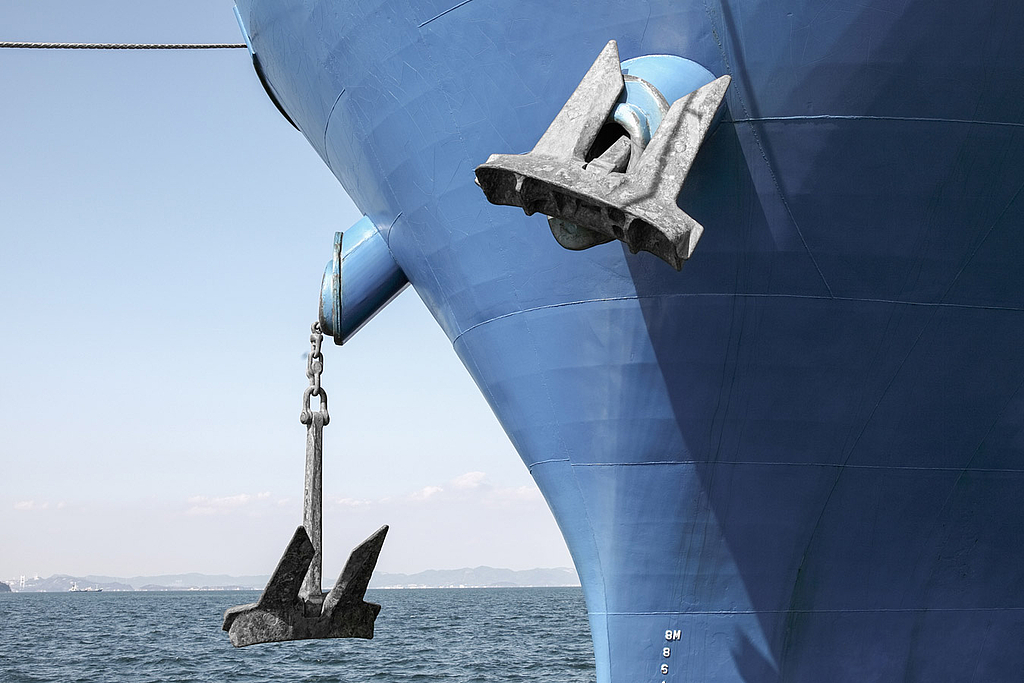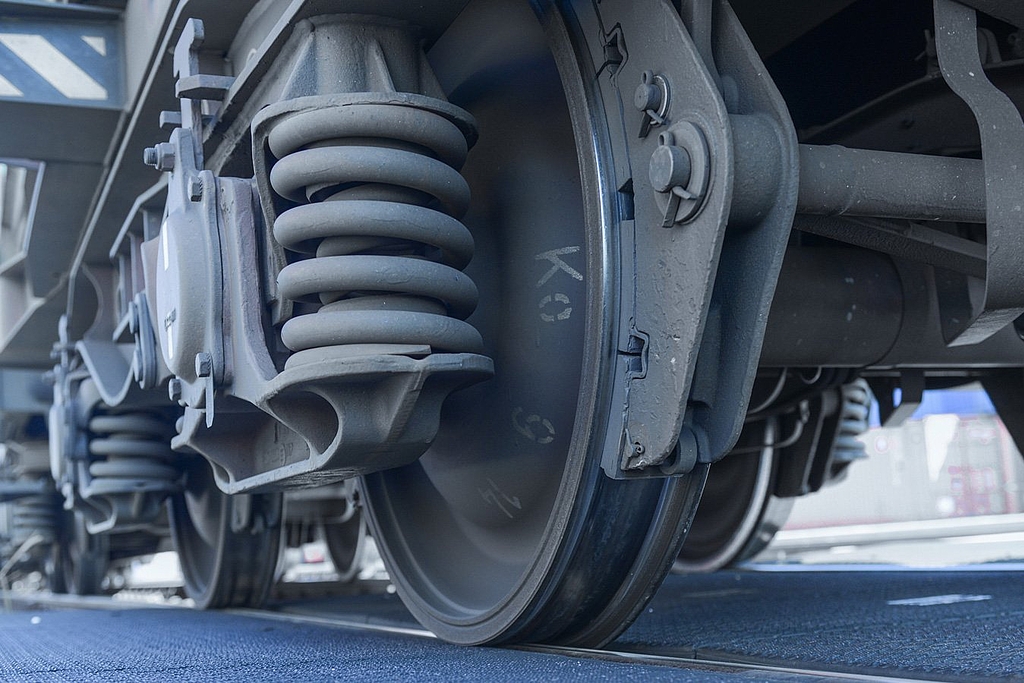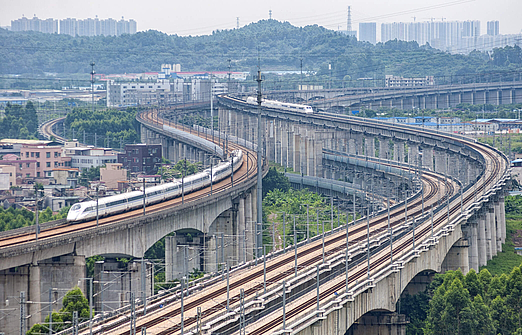How did we get “standard gauge,” “broad gauge” and the like?
Untangling track gauges: not all railway tracks are the same
- Facts
It is widely known that, around the world, railway tracks have different widths. Sometimes there are even different track gauges within the same country. But how did this happen, what advantages do narrow or wide gauges offer, and what do horse hindquarters and Roman chariots have to do with any of it? Learn more about crucial millimeters, the changing of axle gauges on wagons, and a megalomaniacal project of Adolf Hitler.











